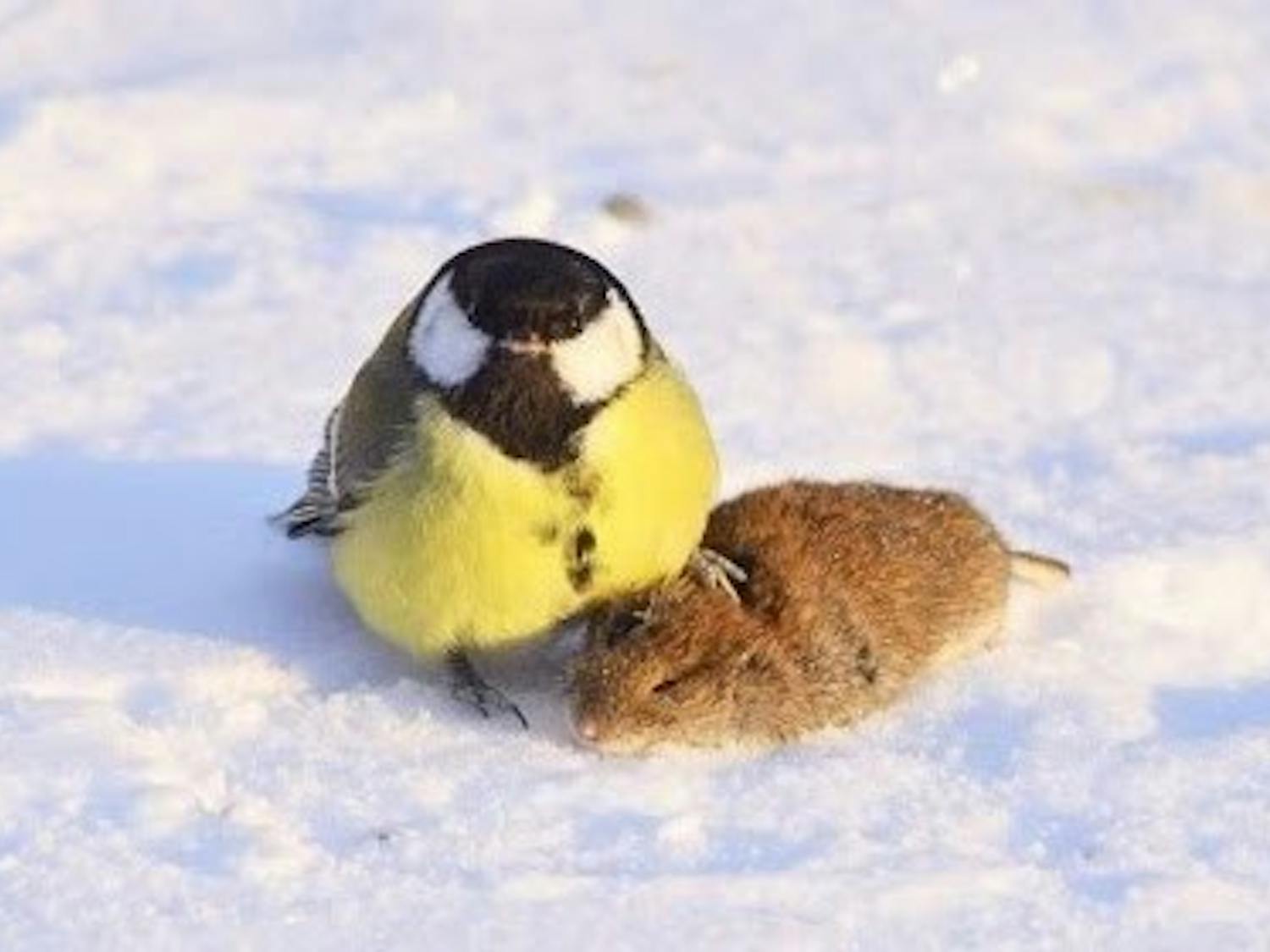LETTER: Grassy areas of UNM north golf course should be reopened for community access
Jenna McCullough and Karla Young | January 10For more than 40 years, the University of New Mexico’s north golf course has had another life unrelated to golf. When the sun begins to set, dozens to upwards of a hundred students, faculty and surrounding neighbors converge on the green space to walk their dogs off-leash in the few minutes prior to sunset. Unsurprisingly, this green space has been a treasured oasis in the center of the city. After the flags come down, Burqueños from all over the city and all walks of life access this space to walk, run, play with their children and dogs, and sometimes to just enjoy themselves on the grass while watching the sunset.





